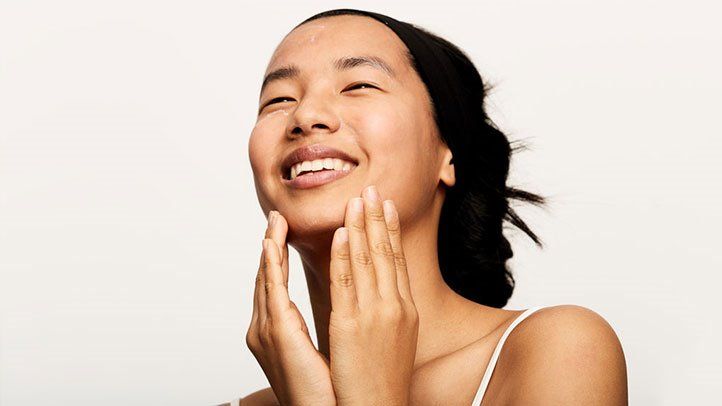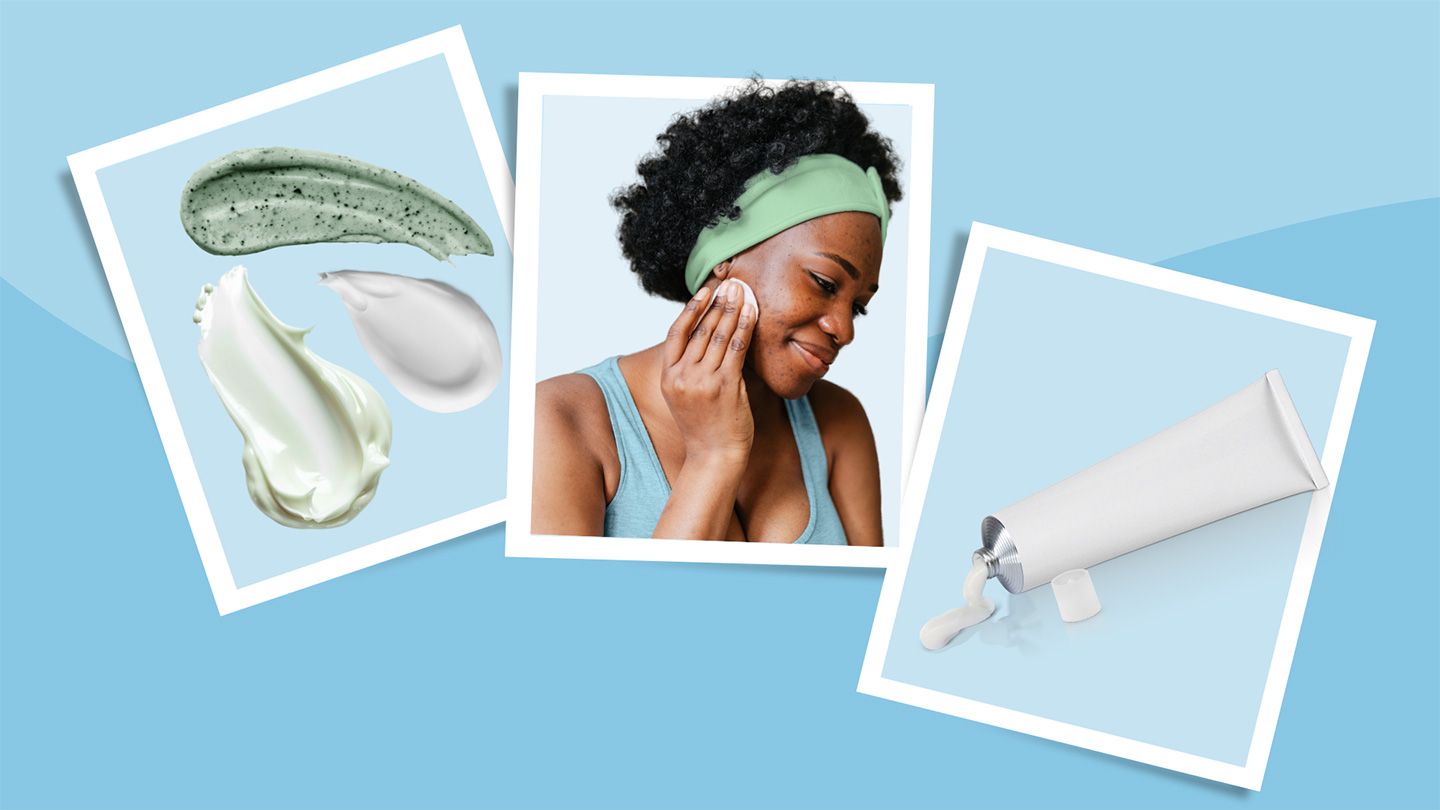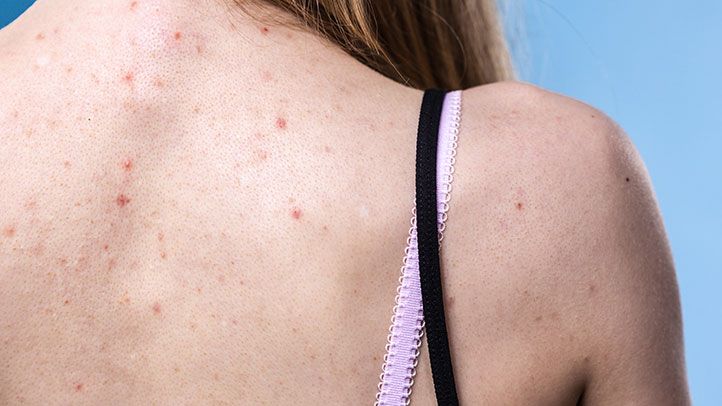Understanding Purging When Using Zinc Pyrithione
Zinc pyrithione is an ingredient commonly found in anti-dandruff shampoos and other skin care products. It works as an anti-fungal and anti-bacterial agent to help treat and prevent conditions like dandruff, seborrheic dermatitis, and psoriasis. However, some people experience increased breakouts and skin irritation when first using zinc pyrithione products. This initial worsening of symptoms is referred to as purging.
What is Purging?
Purging occurs when you start using a new skin care product and it initially seems to make your skin worse. Acne breakouts, redness, dryness, irritation, peeling, etc. may flare up within the first few weeks of using a new product before improving. This happens because the active ingredients cause increased cell turnover, bringing impurities to the surface. While purging can be frustrating, it is a sign the product is working to renew your skin.
Purging typically lasts 2-6 weeks, but can persist up to 3 months. Breakouts are usually minor and concentrated in areas you normally get acne. As long as the flare up remains relatively mild, it is likely just part of the purging process. However, if you experience severe reactions, generalized instead of localized breakouts, or no improvement within a few months, you may be having an actual adverse reaction to the product.
Why Does Zinc Pyrithione Cause Purging?
There are a few reasons why using zinc pyrithione products can lead to purging of the skin:
- Increased Cell Turnover - Zinc pyrithione works as an anti-microbial to kill bacteria on the skin's surface. This causes increased cell turnover to slough off dead skin and renew the surface layer. All the churning of new cells to the surface can cause temporary breakouts.
- Drawing Out Impurities - The cleansing and exfoliating properties of zinc pyrithione will draw out dirt, oil, and impurities trapped in your pores. This surge of gunk released from your pores can lead to some breakouts.
- Adjustment Period - When using any new skin care product, your skin needs time to adjust. The initial influx of new ingredients can throw your skin out of balance temporarily before it adapts and re-balances.
Be patient through the purging period. Try using the zinc pyrithione product less frequently at first (every other day instead of daily) to allow your skin to adjust. Over a few weeks, the purging should resolve and your skin should start looking better than ever.
Tips to Get Through the Purging Phase
While purging can be a necessary evil on your way to clearer skin, there are some tips to minimize symptoms:
- Use sparingly at first - Only use the zinc pyrithione product every 2-3 days when you first start using it, then build up gradually to daily use.
- Moisturize - Purging can dry out your skin. Use a gentle, non-comedogenic moisturizer regularly.
- Avoid other new products - Don't use other new skin care products at the same time or it may worsen purging.
- Gently exfoliate - Use a soft washcloth, wet wash, or chemical exfoliant 1-2 times per week to slough off dead skin.
- Cover up with makeup - Use oil-free, non-comedogenic makeup to cover up purging breakouts.
- Use acne treatments - Use over-the-counter acne spot treatments to quickly treat breakout symptoms.
- Avoid picking/popping - As tempting as it may be, picking and popping will spread bacteria and lengthen healing time.
- Watch for signs of allergy - Hives, swelling, and severe itching may indicate an actual product allergy.
- Give it time - Most purging lasts 2-6 weeks. Allow the product time to work through the adjustment phase.
How to Stop Breakouts Fast
In addition to having patience through the purging process, there are some effective ways to treat sudden breakouts fast. Here are tips to rapidly get rid of pimples when acne ambushes your skin:
1. Use Drying Acne Spot Treatments
Spot treatments containing ingredients like benzoyl peroxide or salicylic acid can help dry out and disinfect acne lesions. Apply a small dab directly to individual pimples 1-2 times per day after cleansing. This helps kill bacteria, dry out excess oil, and reduce redness and swelling.
2. Try Anti-Acne Face Masks
Clay masks containing sulfur, charcoal, or algae extracts can help draw out impurities from congested pores while absorbing excess oil. Use an acne-fighting facial mask once or twice a week to deep cleanse your skin and reduce current breakouts.
3. Take Anti-Inflammatory Herbal Supplements
Herbs like turmeric, ginger, green tea, and boswellia contain powerful anti-inflammatory compounds. Taking supplements containing a combination of these herbal extracts can help reduce redness and swelling associated with breakouts.
4. Apply a Hydrocolloid Patch
These protective patches seal over a popped pimple to help absorb pus and speed healing. The hydrocolloid covers and protects the blemish from bacteria while creating a moist healing environment.
5. See Your Dermatologist for a Cortisone Shot
If a pimple comes to a head, your dermatologist can inject it with a diluted cortisone solution to reduce swelling and redness. The results are temporary but can make a big stubborn zit disappear just in time for a special event.
6. Take an Oral Antibiotic
For moderate to severe acne, oral antibiotics like doxycycline, tetracycline, or minocycline can help reduce widespread breakouts by decreasing inflammation and killing acne-causing bacteria. Improvement is gradual over 6-8 weeks of use.
7. Use an Over-the-Counter Acne Cream
Non-prescription acne creams containing retinol, benzyl peroxide, or adapalene can be used all over the face to treat and prevent acne. Using one regularly can help unplug pores, kill bacteria, and normalize excessive oil production.
8. Exfoliate Regularly
Gently sloughing off dead skin cells with a BHA or AHA exfoliant helps decongest clogged pores and smooth rough skin texture. Use an exfoliating cleanser or chemical exfoliant 1-3 times per week to see clearer skin.
9. Cut Back on Dairy
Dermatologists recommend limiting dairy intake to control acne. Milk contains hormones that may stimulate oil glands. Cutting back on dairy products for 2-3 weeks can help improve breakouts.
10. Cleanse Morning and Night
Always cleanse your face twice a day to remove dirt, oil, makeup, and impurities that can clog pores and cause breakouts. Use a gentle cleanser suitable for acne-prone skin.
With a strategic skin care regimen and effective spot treatments, you can knock out a breakout quickly. Be patient but proactive and your skin will look clear again in no time.
FAQs
What is purging?
Purging is when your skin breaks out within the first few weeks of using a new skin care product before improving. It's caused by increased cell turnover bringing impurities to the surface.
How long does zinc pyrithione purging last?
Purging from zinc pyrithione products usually lasts 2-6 weeks, but can persist up to 3 months. See improvements after consistent use for a few weeks.
Should I stop using the product if purging happens?
No, purging is a sign the zinc pyrithione product is working. Stick with it unless you have a severe reaction. Reduce use at first to minimize irritation.
What can I do to treat purging breakouts?
Use acne spot treatments, facial masks, anti-inflammatory herbs, hydrocolloid patches, and over-the-counter acne creams to quickly treat breakout symptoms during purging.
Disclaimer: This article is for informational purposes only and does not constitute medical advice. Always consult with a healthcare professional before starting any new treatment regimen.
Related Coverage
Discover the scientific reasons why acne appears more prominent in photographs and learn practical tips to minimize its appearance on camera from lighting to skincare habits....
Discover the top-rated oil-free moisturizers for acne-prone skin. Learn tips for choosing non-comedogenic hydrators and applying them properly....
Learn how to accurately and sensitively depict the physical, emotional, and psychological symptoms of depression in writing to increase awareness and understanding....
VMware publishes annual report on high-risk vulnerabilities, highlighting increased threats from ransomware, supply chain attacks, and cloud misconfigurations in 2023....
Butt acne is a common nuisance. Learn what causes pimples and bumps on your backside and how to clear them up safely and effectively....
Trade refined white buns for nutritious whole wheat or low carb burger bun alternatives like lettuce, mushroom caps, nut/seed buns, cheese, coconut flour buns, or protein buns....
Unopened fish food lasts 9-24 months. Flakes expire fastest in 2-3 months after opening. Store in airtight, cool containers. Discard if foul odor, pests, or texture changes....
Tazorac for acne is a prescription retinoid that clears breakouts and helps prevent ones. Get usage tips and know side effects....
Learn the key characteristics of a smooth, healthy natural nail surface. Discover what causes abnormalities and when to see a doctor for nail surface changes....
Some report acne breakouts after starting ashwagandha due to potential hormonal influence on oil glands. Strategies like lowering dosage, changing extracts, skin care and managing stress may help....








